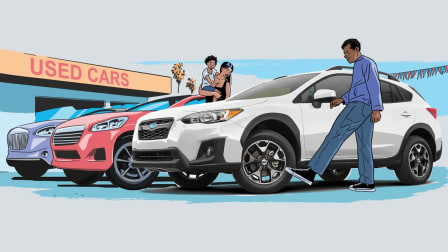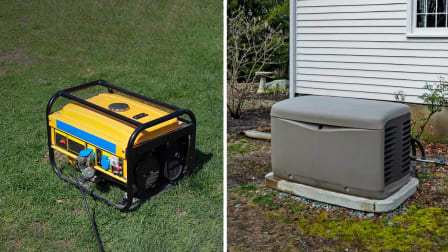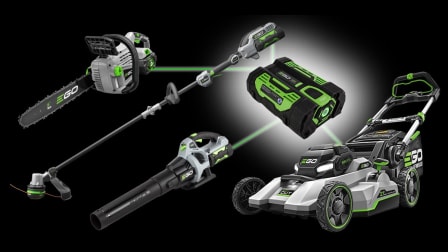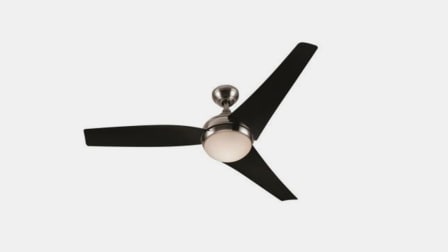Is Used Lawn Equipment a Good Deal?
5 ways to tell a red flag from a bargain, from CR's experts
Assembling an arsenal of all the powered lawn equipment you need to trim grass, collect leaves, and clear snow can quickly climb into the thousands of dollars. So it might be tempting to look for used gear at a yard sale or flea market. But buying a used tractor for thousands off the original price isn’t a good deal if it only cuts for a single season.
At Consumer Reports we test thousands of models of new outdoor power equipment, so our experts know what to look for when it comes to wear and tear. Here are five ways to tell if that used gear is a bargain or a waste of money.
1. Compare the Cost to a New Model
Before you start trolling yard sales, check the price of a capable new model. In our ratings, you'll find top-rated leaf blowers for $100, and top-of-the-line push mowers for about $250. Riding mowers, on the other hand, can run into the thousands. Buying used, you'll almost certainly be giving up any warranty protection and missing out on newer features such as electric start on a mower, a welcome innovation that makes it easier to use.
2. Check the Repair Rates
Every year we poll tens of thousands of readers and ask them to sound off on rates of repair and breakage of the equipment they own. We find big discrepancies, and not just between brands—different tools from one brand may have very different reputations for reliability.
3. Look for Signs of Wear and Care
Someone hoping to unload neglected lawn tools may be tempted to spin a tale of minimal use and diligent maintenance. But the tool itself will tell you the truth about how it’s been used and cared for.
Red flags include sediment visible through a clear gas tank or thick, dirty engine oil, which would indicate the fuel and lubrication systems haven’t been reliably serviced. And beware of worn-out controls—a frayed pull cord on a chain saw or worn-down pedal on a riding mower both offer clues that even if the tool was well-serviced, it saw plenty of tough use.
4. Size up the Seller's Property
The seller's yard can offer plenty of clues about how much use a tool has seen, especially if you know the age of the tool in question. Think about it like this: You're probably better off buying a 3-year-old leaf blower from someone who lives on an open lot than a 1-year-old model from a homeowner whose house is surrounded by deciduous shade trees, which drop a lot of leaves and mean more work for the tool. Tall weeds and grass on the seller's lawn offer similar clues about string trimmers, as do aging trees and fallen limbs for chain saws.
5. Consider the Tool's Configuration
The tool's size and configuration come into play too. Two and three stage snow blowers clear a path much faster than single-stage models, so it stands to reason that you're better off buying an older, 3-stage unit, which will have logged less runtime, than a newer single stage. Same goes for mowers: A wide-deck tractor will cut a lawn nearly twice as fast as a smaller rear-engine rider, and at triple the speed of a walk-behind mower. All other variables being equal, the tractor will have the longest usable life ahead.

















